Casas-Museo of Cabildo Gran Canaria: the jewels are free
Entrance to the museums dedicated to Galdós, the poet Tomás Morales, the painter Antonio Padrón and the León y Castillo brothers is now free.
How much is a jewel worth? How much would you pay to dive in a bottomless sea of wonders, to discover the artistic and historical treasures of an island? What if it were for free? That is the case in the four Casas-Museo (Museum-Houses) of Cabildo de Gran Canaria, dedicated to the novelist Benito Pérez Galdós, the modernist poet Tomás Morales, the painter Antonio Padrón, and the brothers Fernando and Juan de León y Castillo, politician and engineer, both relevant to the island’s recent history.
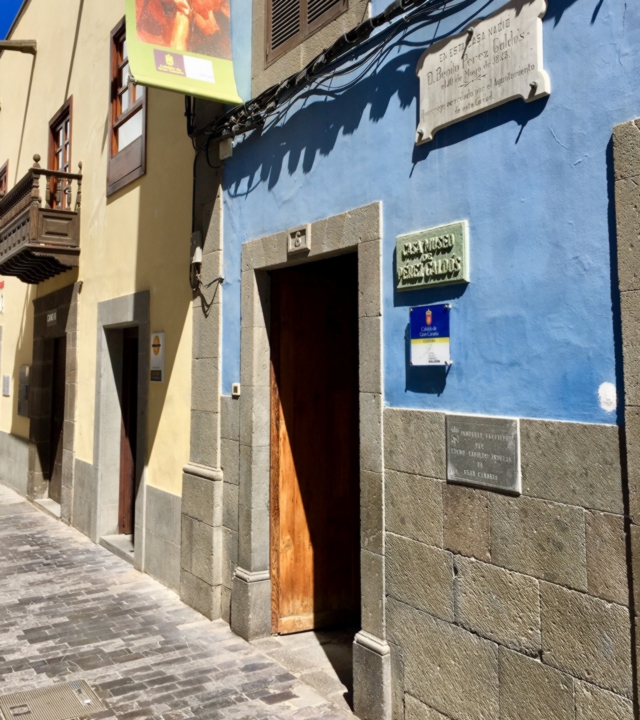
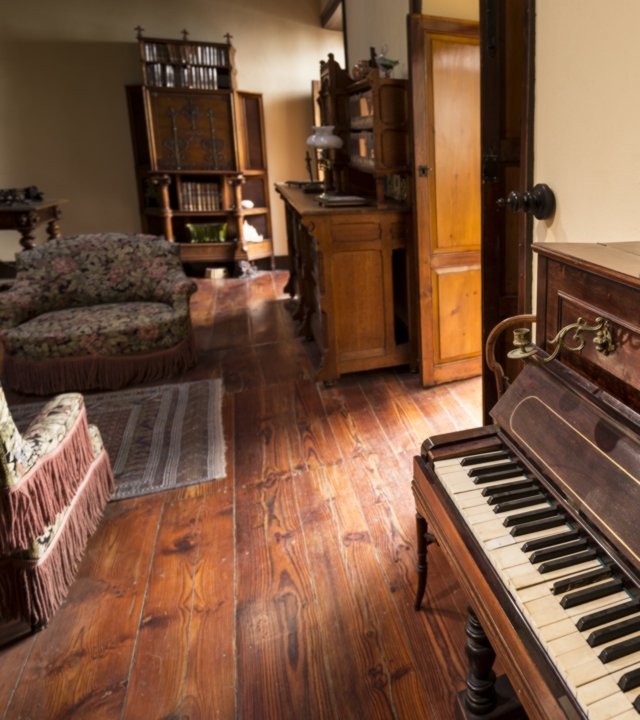
The hallways, rooms and courtyards of these Casas-Museo are an open invitation to wander around the island’s historical and artistic summits. From their inception. For example, the original rocking cradle where he used to sleep, presides the room where Benito Pérez Galdós was born, proving that in the Casa-Museo with his name in Las Palmas de Gran Canaria visitors will be immersed in the biography of one of the world’s best writers. The house, where Galdós lived his first 19 years, is a remarkable example of XIX century Canarian architecture. The tour takes the visitor through works of art, photographs, decorative objects, personal belongings, a portrait of the writer painted by Sorolla, musical instruments, furniture designed by the novelist and, of course, his books and manuscripts, where one can feel the heartbeat of the small handwriting that made him a giant of literature.
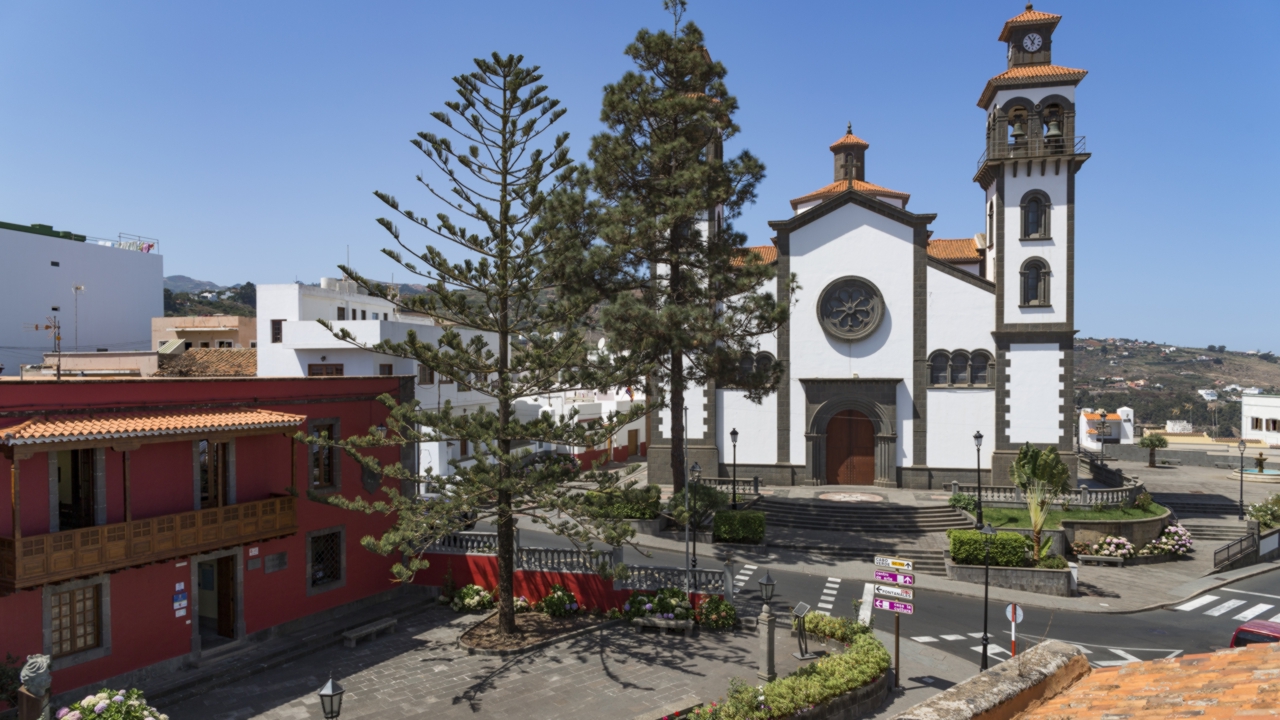
Casa-Museo Tomás Morales, in Moya, is dedicated to one of the most important modernist poets in Spain, and one of the Atlantic most relevant bards. Located in his home town, a remarkable building in the centre of this northern town, the Casa-Museo keeps the poet’s legacy, and is a permanent tribute to poetry. A home for the Muses. His books’ first editions are there, together with the Poet’s Lounge, with portraits painted by renowned artists. The Friendship Lounge is dedicated to his generation, with poets such as Alonso Quesada or Saulo Torón. There are also spaces dedicated to graphic humour, with works by José Hurtado de Mendoza and photographs by Tomás Gómez Bosch, both belonging to the poet’s generation.

Casa-Museo León y Castillo, in Telde, is located within the Historic-Artistic Site of San Juan y San Francisco in Telde. The architecture of this outstanding example of XIX century construction, with enclosed balconies and central courtyards, preserves the memory of the politician Fernando de León y Castillo and the engineer Juan de León y Castillo, two brothers key to Gran Canaria’s development. Maspalomas Lighthouse, or Puerto de La Luz Harbour, bear their imprint. Fernando was Minister of Overseas, Vice-President of the Spanish Parliament and Spanish Ambassador to Paris. The exhibition includes Spanish paintings from XVI to XX centuries, furniture, sculpture and decorations.
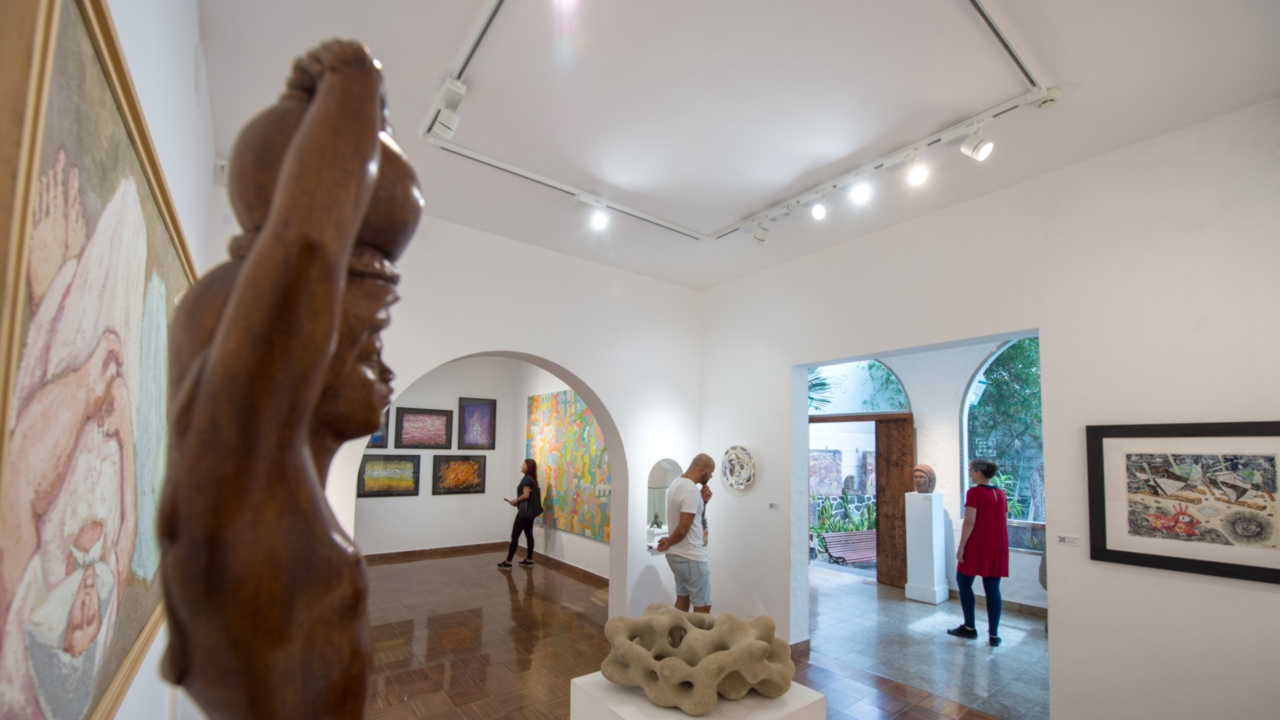
Maybe no other artist has captured and shown the spirit of Gran Canaria’s land and people like him. Casa-Museo Antonio Padrón’s. Indigenous Art Centre, in Gáldar, a house where regionalism and rationalism cohabit, opens a window to the painter’s legacy, sparking the emotions of his work’s viewers. His paintings reflect the colours of the island’s landscapes and, like he used to say, “ the warm ochres and reds, characteristic of the Canarian land”, located “around the volcano”. The garden and the blue-tiled fountain hand the keys to the urban oasis hidden behind the soursops and bamboo, a microcosm born from his integrating soul.
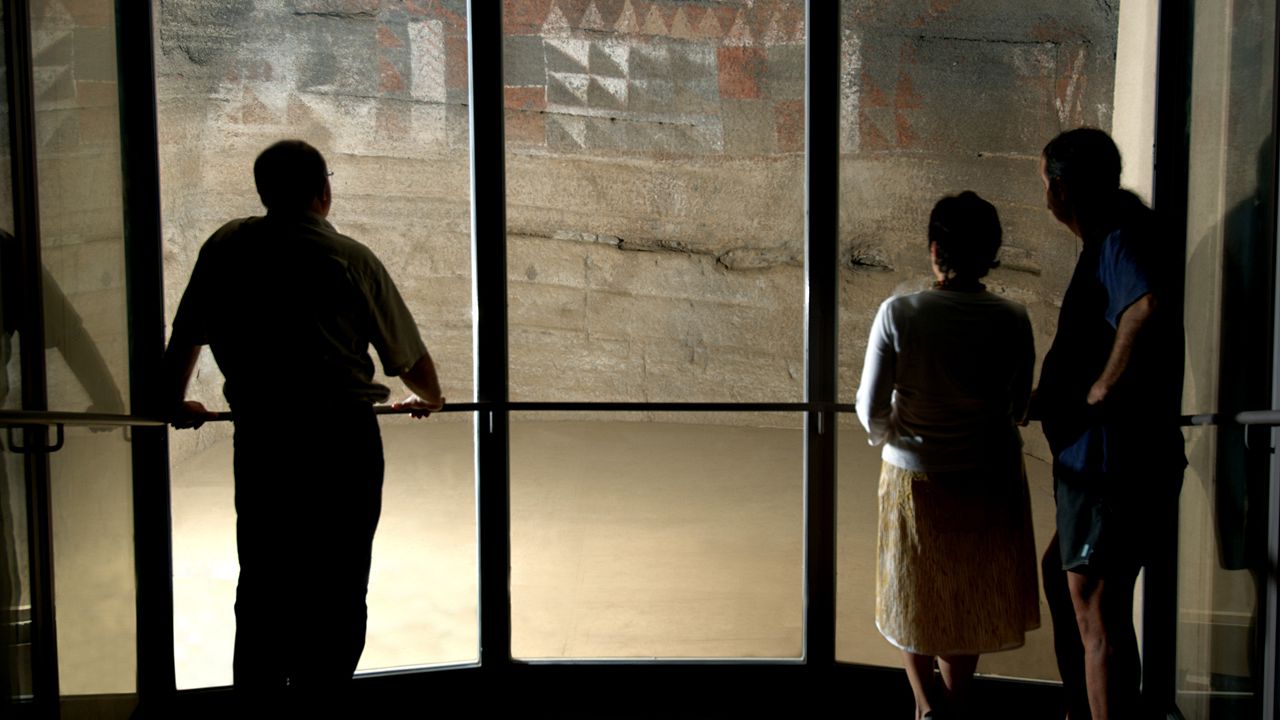
Also, entrance to Cueva Pintada Archaeological Park & Museum in Gáldar, and to Casa de Colón, will be free on Sundays. Entrance to Casa de Colón during the week will cost 4 euros (from age 18) and 2 euros (students up to 23 years of age, over 65, pensioners and groups of 7+, and large families). Likewise, entrance to the centre is free five days of the year: April 18th, World Heritage Day; May 18th, International Museum Day; May 30th, Canary Islands Day; September 27th, International Tourist Day; October 12th, Hispanicity Day, and June 24th, Saint John the Baptist Day.
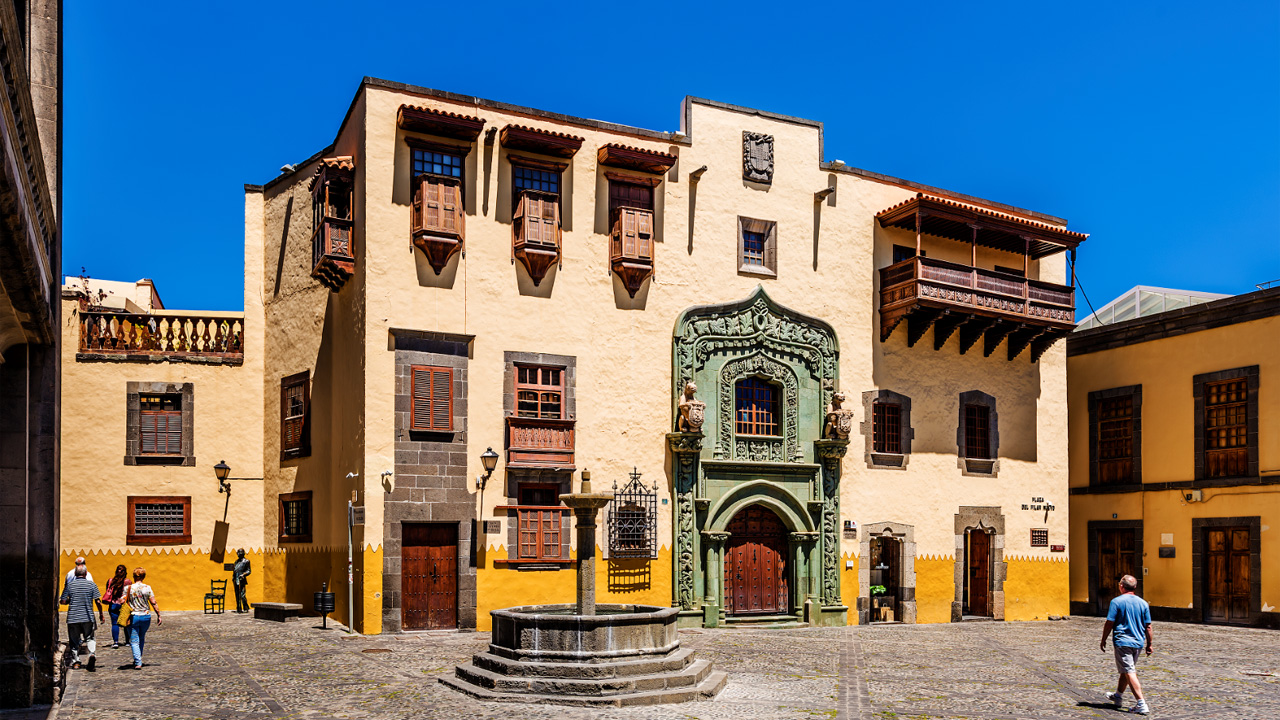
Entrance to Cueva Pintada Archaeological Park & Museum in Gáldar will also be free on Sundays, plus six days of the year: April 18th, World Heritage Day; May 18th, International Museum Day; May 30th, Canary Islands Day; September 27th, International Tourist Day; July 25th, Saint James Day and July 26th, the Museum’s opening anniversary. At any other times, entrance costs 6 euros (from age 18) and 3 euros (students up to 23 years of age, over 65 and pensioners). Entrance for groups of 14+ and large families costs 4 euros. Finally, access to Gran Canaria’s Art and History is easier than ever. Shall we?

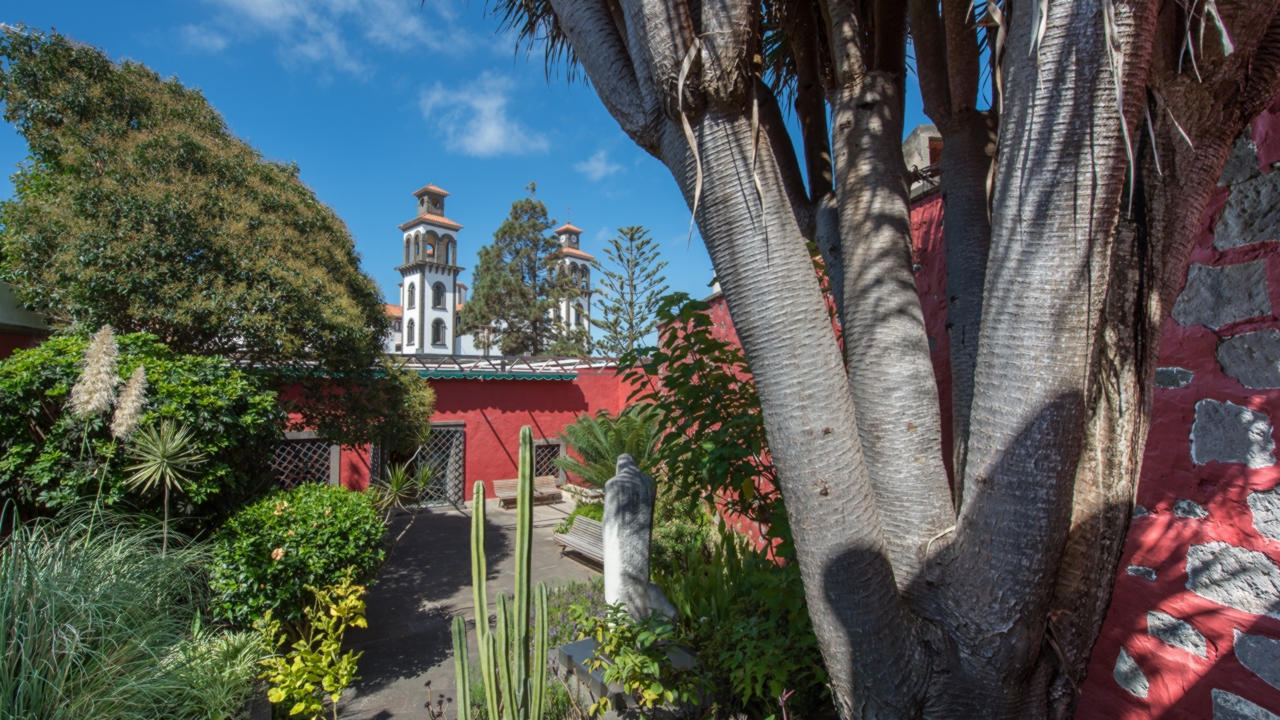
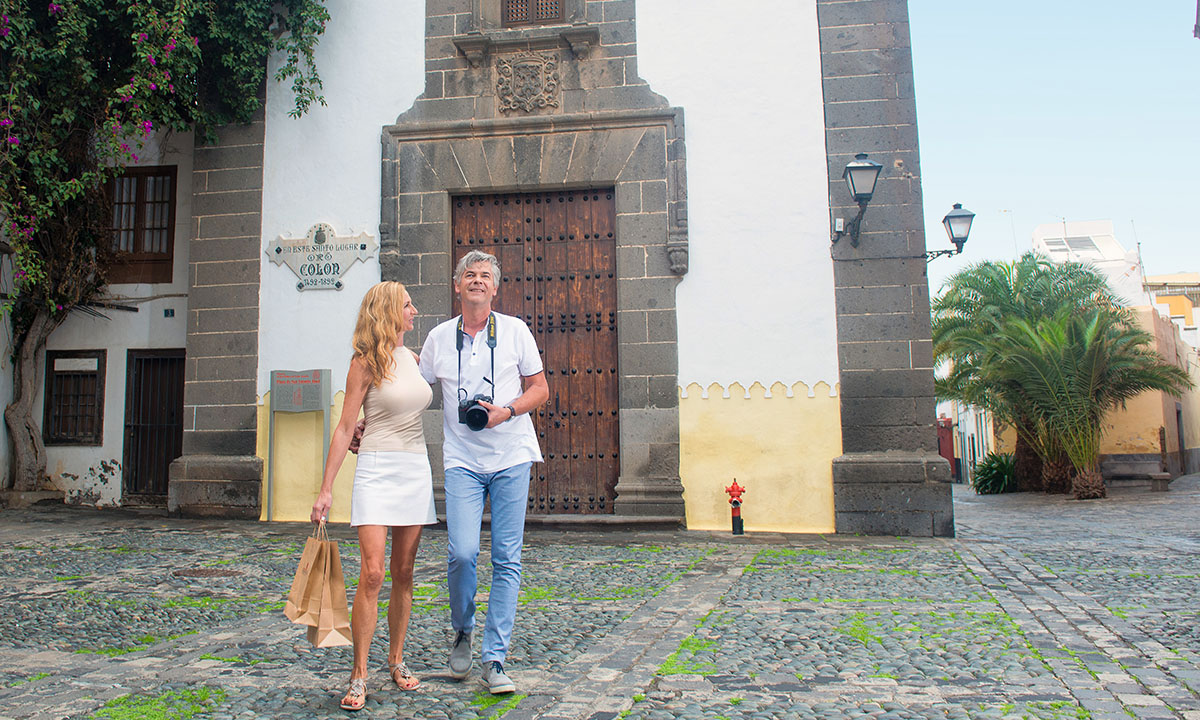
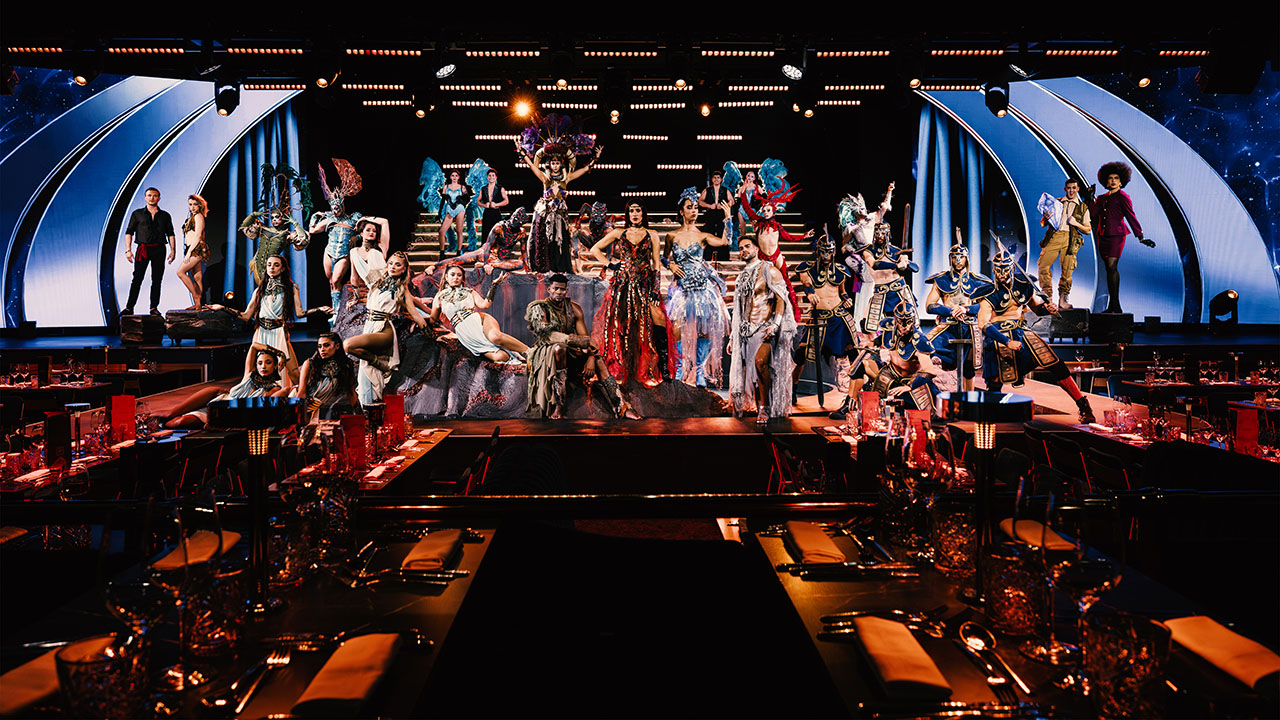
Comments are disabled for this post.